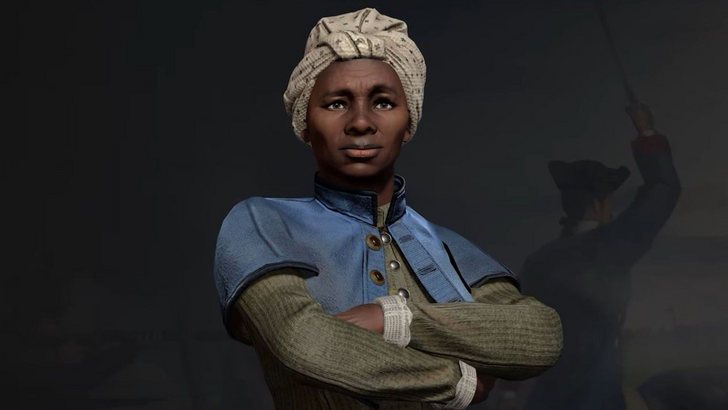
Civilization's leaders are as iconic as the civilizations themselves. Firaxis' approach to selecting national representatives has evolved significantly over the years. This article explores Civilization VII's leader roster and how it redefines leadership in the series.
← Return to Sid Meier's Civilization VII main article
Civ VII: A New Era of Leadership
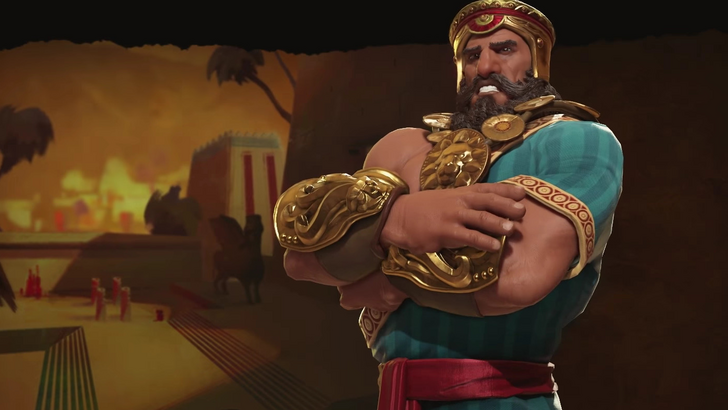
Leaders have been integral to the Civilization series since its inception, shaping each civilization's identity. While their role remains crucial, the representation of leaders has diversified across each installment. This evolution reflects a broadening understanding of leadership and its impact on gameplay.
This exploration delves into Civilization's history, examining the evolution of its leader roster and how Civilization VII introduces a fresh perspective on leadership.
Early Civ: A Focus on Global Powerhouses
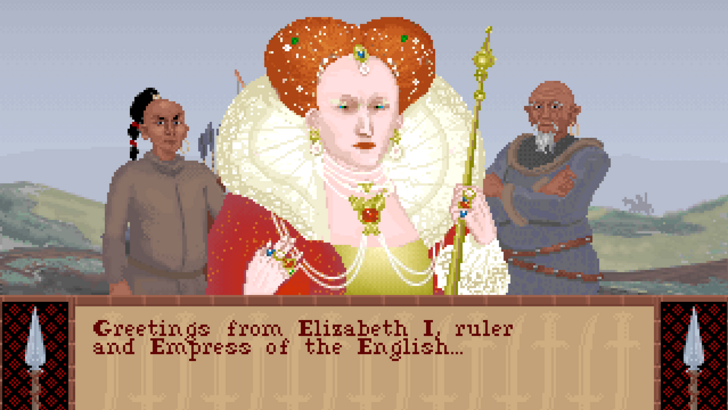
The original Civilization featured a relatively simple roster, predominantly composed of global superpowers from antiquity and the early 1990s. Leaders were typically historical heads of state, reflecting a straightforward, widely recognized approach.
With a limited scope, the game included 15 civilizations, featuring figures like Abraham Lincoln, Tokugawa Ieyasu, and Julius Caesar. The selection prioritized established figures, with Elizabeth I representing the sole female leader at the time. While understandable given the era, this approach contrasts sharply with later iterations.

This initial, almost textbook approach to leader selection laid the groundwork for future innovations.
Civ II Through V: Expanding the Definition of Leadership
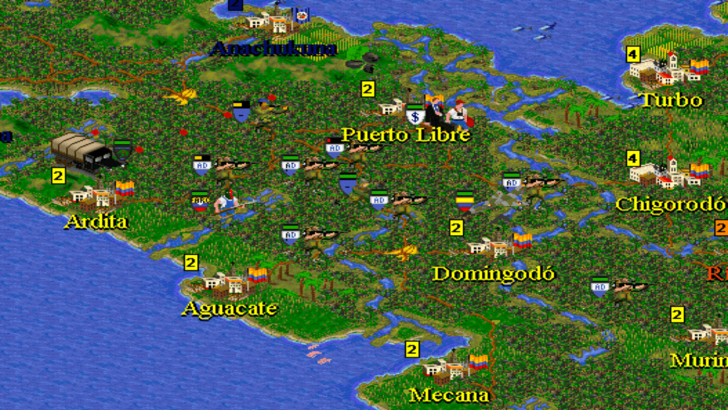
Civilization II expanded the roster and included lesser-known powers. Significantly, it introduced a separate female leader roster, providing greater representation. The definition of "leader" broadened to include pivotal figures beyond heads of state, such as Sacagawea and Amaterasu.
Civ III integrated female leaders directly into the main roster. Some replaced historically dominant male counterparts, showcasing a shift in perspective.
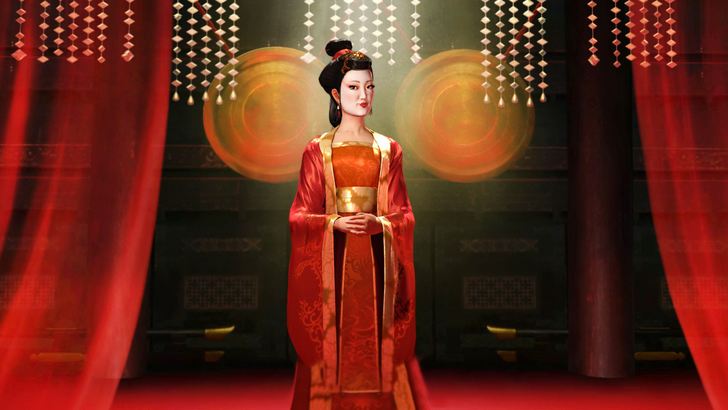
Civ IV and V further expanded the roster and the definition of leadership. Revolutionaries, generals, and reformers became prominent, alongside traditional heads of state. This demonstrated a move beyond solely focusing on established power figures.
Civ VI: Embracing Characterization and Diversity
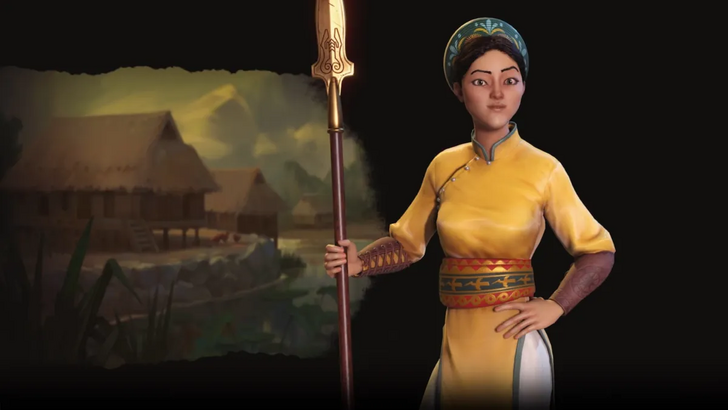
Civilization VI emphasized characterization and diversity, presenting leaders as stylized animated figures. Leader Personas were introduced, offering alternative versions of the same leader with distinct playstyles. Lesser-known historical figures gained prominence, such as Lautaro and Bà Triệu.
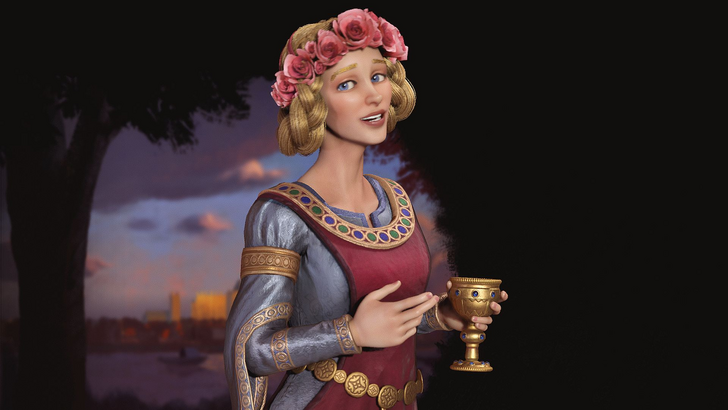
The introduction of multiple leader options for some civilizations and the expansion of Leader Personas further broadened the roster's diversity.
Civ VII: A Bold New Approach
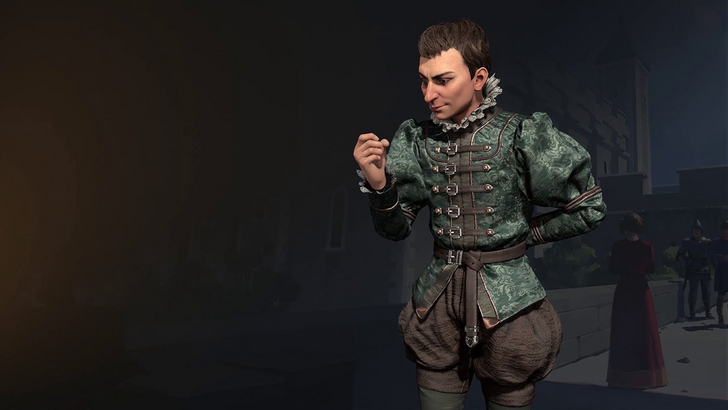
Civilization VII represents the culmination of these innovations. It features the most diverse roster yet, with unconventional leaders and multiple personas designed for varied playstyles. The mix-and-match approach to civilizations and leaders allows even lesser-known figures to take center stage. Harriet Tubman's inclusion exemplifies this shift.

Other notable additions include Niccolò Machiavelli and José Rizal, showcasing a focus on diverse perspectives and leadership styles.
Over nearly 30 years, Civilization has evolved from a game focused on established powers to a celebration of diverse leadership throughout history. The definition of leadership has broadened, but its significance remains unwavering.
← Return to Sid Meier's Civilization VII main article
Sid Meier's Civilization VII Similar Games
















